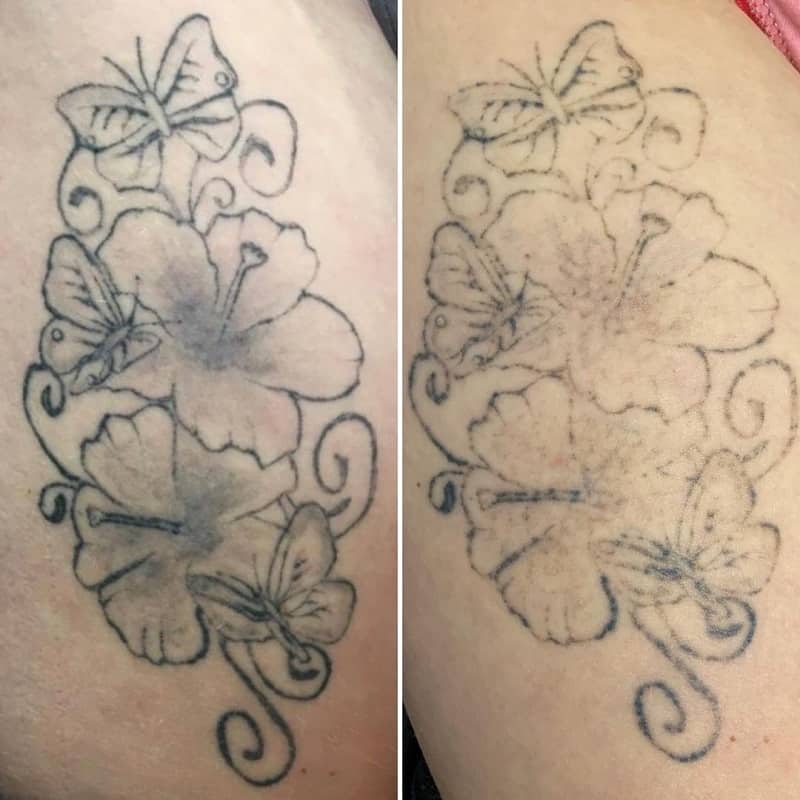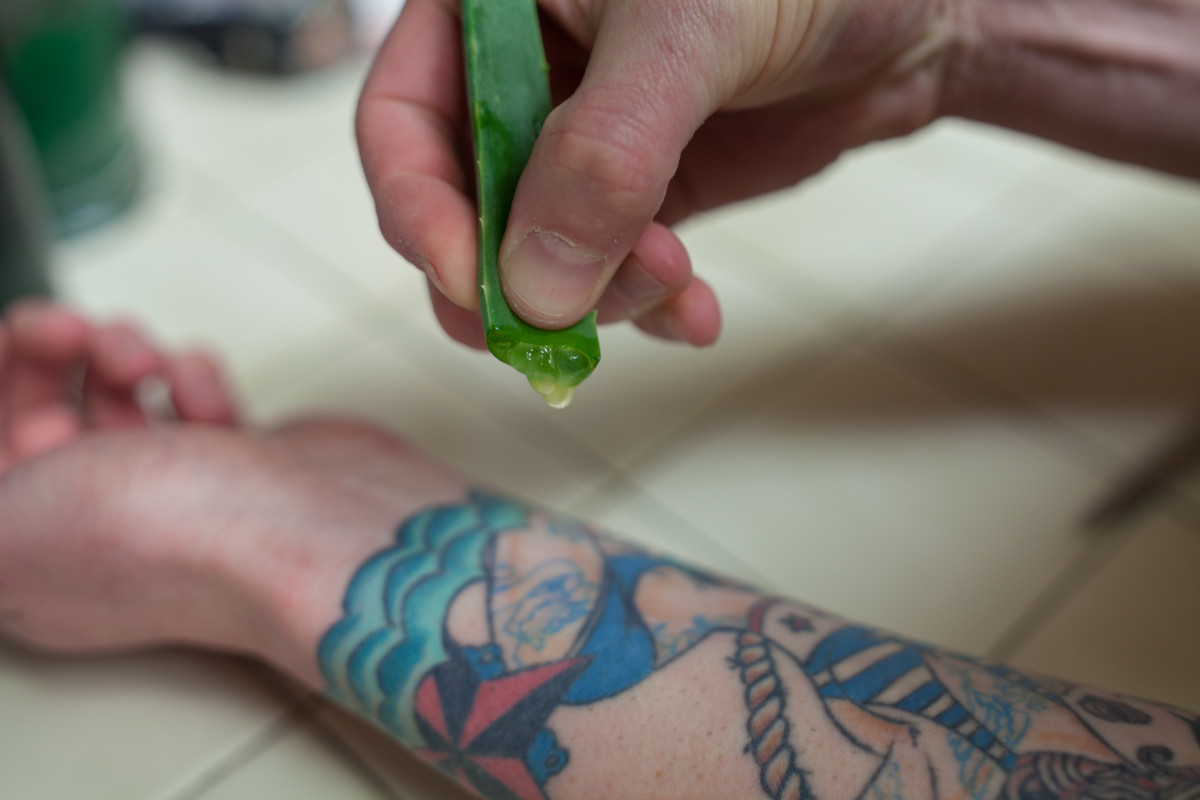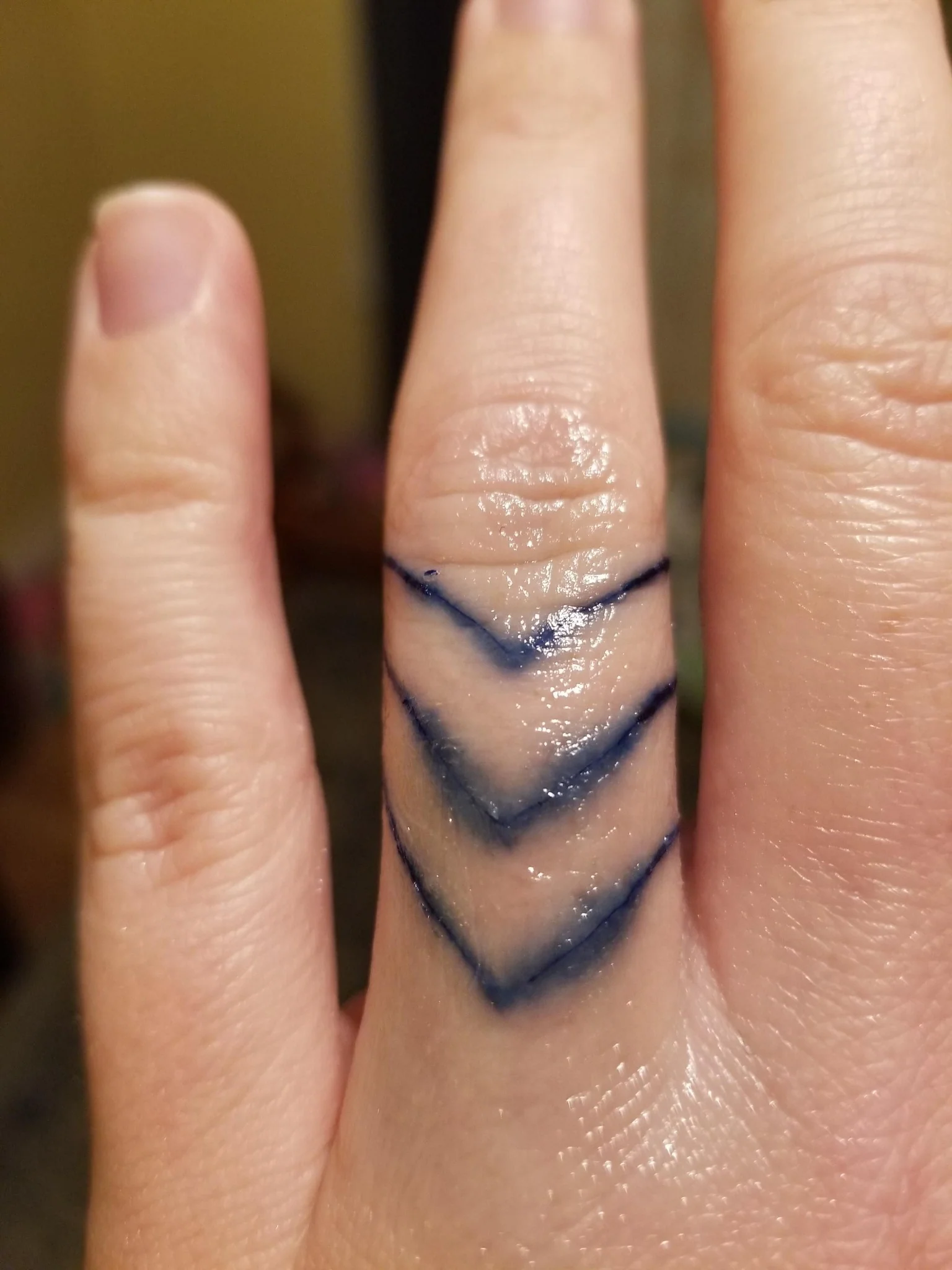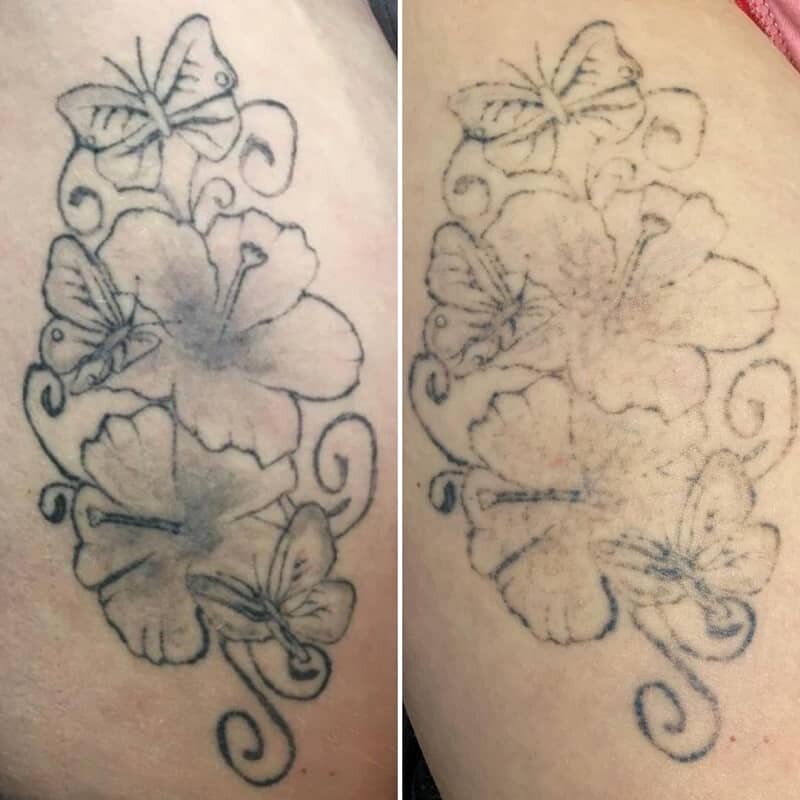
Okay, let’s get real about sunflower tattoos.
Worried about your fresh ink cracking?
I get it.
Nobody wants a busted-up sunflower.
You’ve just gotten this beautiful piece of art etched on your skin.
It’s vibrant, it’s sunny, it’s you.
But now you’re hearing horror stories.
Cracking, fading, and general tattoo trauma.
So, how do you keep that gorgeous sunflower tattoo looking its best?
Let’s dive into preventing that dreaded cracking.
The Real Deal About Tattoo Cracking
Why does tattoo cracking even happen?
Well, think of it like this: your skin is wounded.
It’s going through a healing process.
Dryness is the enemy.
Dry skin + a healing tattoo = potential cracking.
I remember when I got my first tattoo.
I was SO nervous about messing it up.
I over-moisturized and ended up with a gooey mess.
Don’t be like me!
How to Prevent Your Sunflower Tattoo From Cracking: The Ultimate Guide
Okay, let’s get down to brass tacks.
Here’s how to keep your sunflower tattoo happy and healthy.
-
Listen to Your Artist: This is rule number one.
They’re the pros.
Their aftercare instructions are gold.
Don’t ignore them! -
Keep It Clean: Gently wash your tattoo with a mild, fragrance-free soap.
Think baby soap, not your super-scented body wash.
Pat it dry with a clean paper towel.
No rubbing! -
Moisturize, But Don’t Suffocate: This is the tricky part.
You need to keep your tattoo moisturized.
But you also don’t want to smother it.
Use a thin layer of a tattoo-specific balm or a fragrance-free, hypoallergenic lotion.
Aquaphor is a classic, but some people find it too thick.
Experiment to find what works for your skin.
Pro Tip: Moisturize after washing, when your skin is still slightly damp. -
Avoid the Sun Like the Plague: Seriously.
Sun is the enemy of fresh ink.
It can cause fading and dryness, leading to cracking.
Keep your tattoo covered with loose-fitting clothing.
Once it’s fully healed (usually a few weeks), use a high SPF sunscreen. -
Don’t Pick or Scratch! I know, it’s tempting.
Especially when it gets itchy.
But picking or scratching can damage the tattoo and increase the risk of infection and cracking.
Gently pat the area if it’s itchy. -
Stay Hydrated: Drink plenty of water.
Hydrated skin is happy skin.
And happy skin is less likely to crack. -
Avoid Soaking: No baths, swimming pools, or hot tubs until your tattoo is fully healed.
Soaking can introduce bacteria and interfere with the healing process. -
Wear Loose Clothing: Tight clothing can rub against your tattoo and cause irritation, leading to cracking.
Opt for loose-fitting, breathable fabrics like cotton.
Choosing the Right Aftercare Products for Your Sunflower Tattoo
Picking the right products can make or break your tattoo’s healing process.
Here’s what to look for:
-
Fragrance-Free: Avoid anything with added fragrances.
They can irritate your skin. -
Hypoallergenic: Choose products that are less likely to cause allergic reactions.
-
Tattoo-Specific Balms: These are often formulated with ingredients that promote healing and protect the tattoo.
-
Natural Ingredients: Look for products with natural ingredients like shea butter, coconut oil, or aloe vera.
But be careful, some natural ingredients can be irritating for some.
Always do a patch test first.
Dealing With Minor Cracking
Okay, so you followed all the rules, but you still see a little cracking.
Don’t panic!
Minor cracking is sometimes unavoidable.
-
Increase Moisturizing: Gently apply a thin layer of moisturizer more frequently.
-
Keep it Clean: Continue to wash your tattoo gently.
-
Monitor for Infection: Watch for signs of infection, such as redness, swelling, pus, or fever.
If you suspect an infection, see a doctor immediately.
FAQ: Sunflower Tattoo Cracking Concerns
-
How long does it take for a tattoo to heal?
Generally, it takes 2-4 weeks for the surface of the tattoo to heal.
But it can take several months for the deeper layers of skin to fully recover. -
What if my tattoo is peeling?
Peeling is a normal part of the healing process.
Just don’t pick at it!
Let the skin shed naturally. -
Can I use Vaseline on my tattoo?
While some people swear by Vaseline, it’s generally not recommended.
It can be too thick and occlusive, preventing the skin from breathing. -
When can I start using sunscreen on my tattoo?
Once your tattoo is fully healed, you can start using sunscreen.
Use a broad-spectrum sunscreen with an SPF of 30 or higher. -
My tattoo is itchy. What should I do?
Itching is common during the healing process.
Resist the urge to scratch!
Gently pat the area or apply a cold compress.
Taking care of your new tattoo is an investment.
Follow these tips, and you’ll be well on your way to keeping your sunflower tattoo looking vibrant and beautiful for years to come.





























